Morning Eye Candy: Patience Brings Peonies
Posted in Photography on May 2 2013, by Ann Rafalko
The tree peonies are just beginning to bloom. They’re still feeling a little shy.

Inside The New York Botanical Garden
Posted in Photography on May 2 2013, by Ann Rafalko
The tree peonies are just beginning to bloom. They’re still feeling a little shy.
Posted in What's Beautiful Now on April 11 2013, by Matt Newman
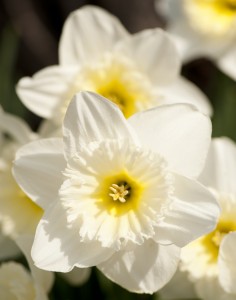 It’s been a trying wait, I admit. But I seem to remember someone spouting off a line about “good things” in store for those with a little patience in hand. And after a drawn out season of waffling temperatures and flaky snowstorms–nothing at all like last year’s phoned-in winter–we’re finally seeing the rewards of all that waiting. It’s been a sleepy spring thus far, but the Garden’s now waking up to a fanfare of yellows, pinks, purples and whites!
It’s been a trying wait, I admit. But I seem to remember someone spouting off a line about “good things” in store for those with a little patience in hand. And after a drawn out season of waffling temperatures and flaky snowstorms–nothing at all like last year’s phoned-in winter–we’re finally seeing the rewards of all that waiting. It’s been a sleepy spring thus far, but the Garden’s now waking up to a fanfare of yellows, pinks, purples and whites!
Some spots, of course, are more alert than others. Most of the trees are still sleeping it off in the early going, but the snow-white and fragrant magnolia blossoms–thousands of them–are blooming en masse across the landscape. Narcissus crowd the lawns in dairy colors, and passersby won’t have any trouble finding hints of spring color along the Seasonal Walk, just to the side of the Enid A. Haupt Conservatory, where netted irises and dainty daffodils already perk up the atmosphere. Across the lawn in the Perennial Garden, orange pansies mingle with soft blue chionodoxa, spotted in between with drowsy snowdrops and a few electric tulips.
And the Ladies’ Border is no slouch, either; you’ll find the fan-favorite ‘Peggy Clarke’ plum blossom tree lighting up the branches with poodle skirt pinks; lime green ‘Honeyhill Joy’ hellebores at full attention; dense bunches of paper bush flowers; and the occasional crowd of bee-friendly Amur Adonis opening to the sky. Further back, look (or sniff) for the perfumed mahonia blossoms, right near the blushing ‘Spring’s Promise’ camellia flowers.
Posted in Photography on April 5 2013, by Ann Rafalko
What’s blooming now? We made a little field guide!
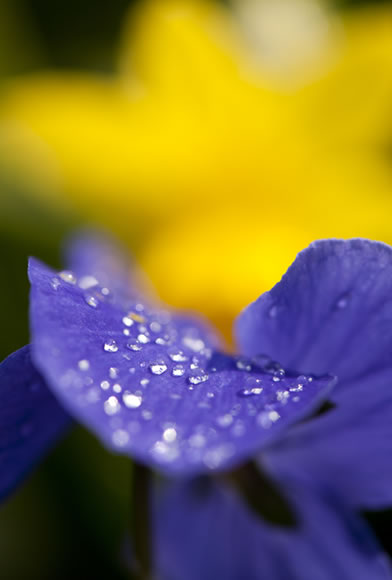
Photo by Ivo M. Vermeulen
Posted in Photography on March 25 2013, by Ann Rafalko
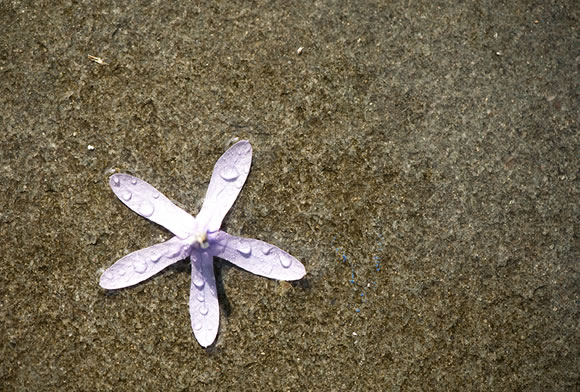
In the Aquatic Plants Gallery (photo by Ivo M. Vermeulen)
Posted in Around the Garden, Photography on March 15 2013, by Matt Newman
The snowdrops have landed. The crocuses are massing. Hellebores? Check! We’re seeing the subtle signs of spring’s arrival right on our doorstep and throughout our 250 acres, and it’s only going to pick up the pace from here.
Helleborus x nigercors ‘Honeyhill Joy’ — Photo by Ivo M. Vermeulen
Posted in Gardening Tips on November 27 2012, by Sonia Uyterhoeven
Sonia Uyterehoven is the NYBG‘s Gardener for Public Education.
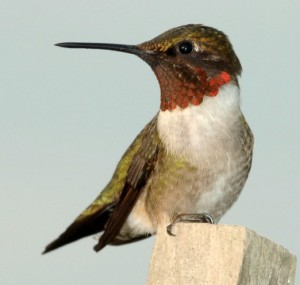 I read somewhere that a hummingbird’s wings beat between 70 and 80 times a second, and can accelerate up to 200 beats per second during courtship. They can fly at an average speed of 25 to 30 miles per hour, but can dive at 60 miles per hour. With all this hyperactivity, these birds need sugary nectar to support their high-energy bursts.
I read somewhere that a hummingbird’s wings beat between 70 and 80 times a second, and can accelerate up to 200 beats per second during courtship. They can fly at an average speed of 25 to 30 miles per hour, but can dive at 60 miles per hour. With all this hyperactivity, these birds need sugary nectar to support their high-energy bursts.
Fortunately for them, some flower nectar has about two times as much sugar as the average soft drink. The blooms these birds favor tend to be bright red, pink, and orange–flowers in the shape of long tubes that are adapted to the hummingbird’s narrow bill. However, like other avian species they have a poor sense of smell, so the colorful flowers they pollinate do not have strong fragrances.
Posted in Around the Garden, Photography on September 7 2012, by Matt Newman
A few of the well-kept secrets growing in the Nolen Greenhouses for Living Collections, just next door to the Benenson Ornamental Conifers. If you’re lucky enough to be granted access during a Member’s tour, you’ll find about as much behind-the-scenes color and magic as you can handle, and then some.
Photo by Ivo M. Vermeulen
Posted in Photography on May 21 2012, by Ann Rafalko
Sometimes, two photographs end up next to each other in our photo database, and all I can think is, “I wish I had a wardrobe made exclusively from these color palettes and shapes.” Such is the case with these two.
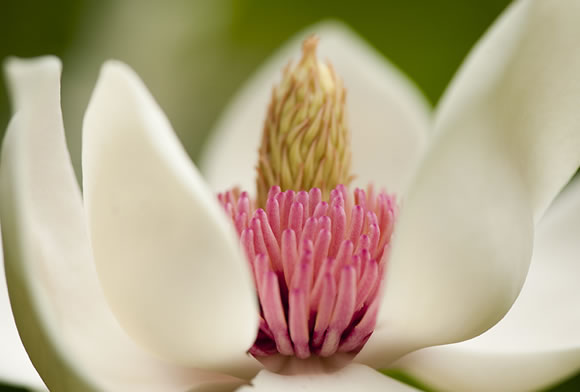
Magnolia x wieseneri (photo by Ivo M. Vermeulen)
Shrub Rose ‘Lady of Shalott’ (photo by Ivo M. Vermeulen)
Posted in Around the Garden on April 17 2012, by Ann Rafalko
This just in: The first rose of the year has bloomed in the Peggy Rockefeller Rose Garden. Let’s hear a round of applause for Rosa blanda!
Posted in Around the Garden, Science on April 16 2012, by Matt Newman
 Off on a side table, just inside one of the treated glass superstructures of the Nolen Greenhouses for Living Collections, there stands a spray of stems headed with humble, star-shaped flowers. The aesthetic is nothing wildly exotic–a deep crimson defines the petals. The plant is otherwise unremarkable next to a common garden petunia. And yet the “DO NOT TOUCH” sign hand-written and jabbed in alongside the plant is evidence of its peculiar value. Is it fragile, or perhaps toxic?
Off on a side table, just inside one of the treated glass superstructures of the Nolen Greenhouses for Living Collections, there stands a spray of stems headed with humble, star-shaped flowers. The aesthetic is nothing wildly exotic–a deep crimson defines the petals. The plant is otherwise unremarkable next to a common garden petunia. And yet the “DO NOT TOUCH” sign hand-written and jabbed in alongside the plant is evidence of its peculiar value. Is it fragile, or perhaps toxic?
Neither in particular. This plant, Petunia exserta, is one of incredible rarity.